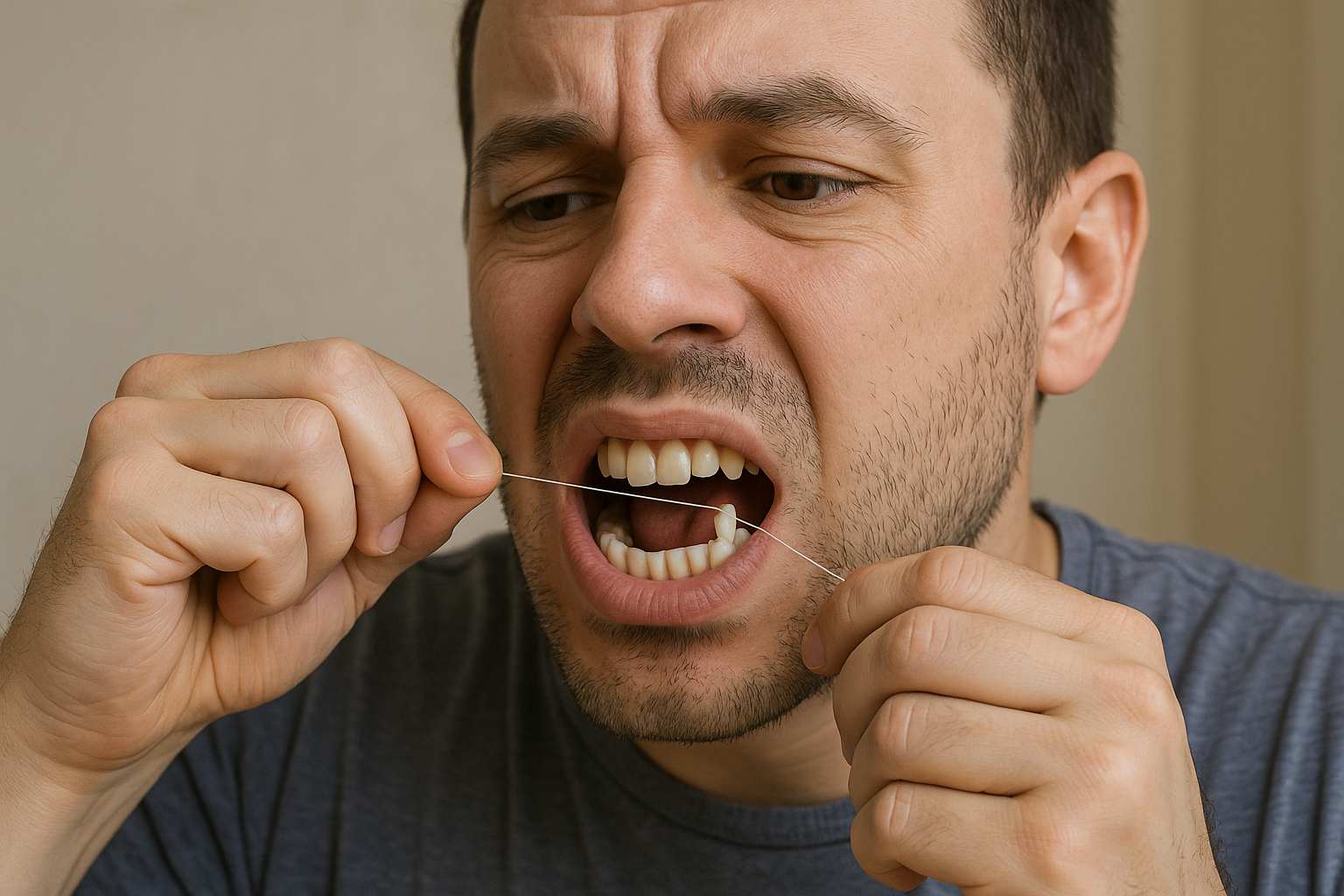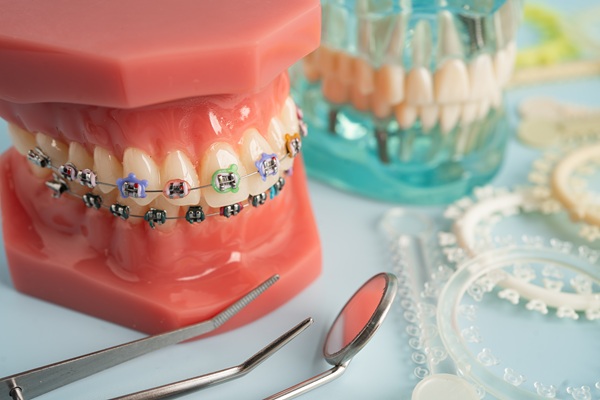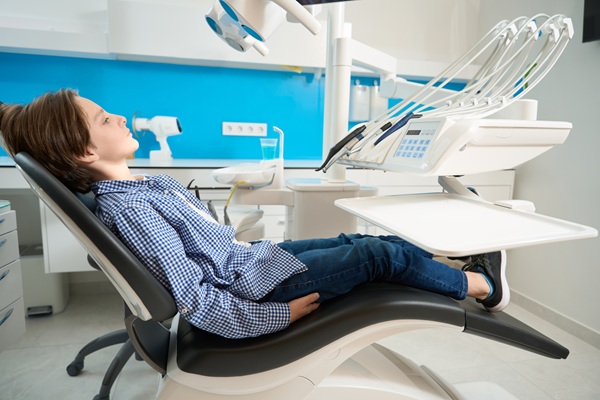One of the most common oral health concerns everyone has is tooth pain.
Though it sounds minor, tooth pain can be quite frustrating, especially when it interferes with your work, meals, or daily activities. For many people, the temptation to take matters into their own hands (literally) can feel strong. It may seem quicker (and cheaper) to try pulling your own tooth at home rather than booking a dental appointment. But before you reach for pliers or string, it’s important to understand the real dangers of pulling your own tooth.
Tooth extraction is not as simple as it looks, and doing it yourself can cause serious complications that affect your health and wellbeing. Here’s what you need to know about loose tooth extraction, the risks involved, and why professional care is always the safer choice.
Ready to Begin?
Why People Try Pulling Their Own Tooth
There are many reasons why people attempt pulling their own tooth at home:
- Cost concerns – Worrying about dental expenses is common, leading some to try home solutions.
- Accessibility – Long waits for appointments or not having a regular dentist may push someone to take action on their own.
- Immediate pain relief – When toothache becomes unbearable, pulling your own tooth may seem like the fastest way to stop the pain.
But while these reasons may feel understandable in the moment, the dangers of pulling your own tooth far outweigh the short-term relief it might bring.
The Dangers of Pulling Your Own Tooth
1. Risk of Severe Infection
Our mouths are full of bacteria. Without sterile tools and proper conditions, pulling your own tooth at home can open the door to infection. An untreated infection can spread beyond your mouth to your jaw, neck, or even your bloodstream, leading to life-threatening conditions.
2. Uncontrolled Bleeding
Dentists are trained to manage bleeding during tooth extraction. At home, without proper medical supervision, you could experience uncontrolled bleeding. If a blood clot doesn’t form correctly, this can also lead to a painful condition known as dry socket.
3. Breaking the Tooth or Leaving Roots Behind
Tooth roots are firmly anchored in the jawbone. When you attempt loose tooth extraction at home, the tooth can easily break. Leftover fragments or roots can cause ongoing pain, infection, and require more complicated dental treatment later.
4. Damage to Surrounding Teeth and Gums
It’s not just the problem tooth at risk. Pulling your own tooth can damage nearby teeth, gums, or bone structure. This can create long-term problems that may affect your ability to chew or speak comfortably.
5. Hidden Problems Go Untreated
Tooth pain often signals a deeper problem such as decay, infection, or gum disease. By pulling your own tooth at home, you may mask the pain but miss the underlying cause. Without treatment, the condition can continue to worsen.
Why Professional Tooth Extraction Is Safer
Dentists are trained to perform tooth extractions in a controlled, sterile environment. Here’s what you can expect when you seek professional help:
- Proper diagnosis – A dentist will take X-rays to see the full picture, including roots and surrounding bone.
- Safe removal – Specialised tools and techniques make extraction more precise and less traumatic to surrounding tissue.
- Pain management – Local anaesthetic keeps you comfortable during the procedure.
- Infection control – Sterile conditions reduce your risk of post-extraction infection.
- Aftercare guidance – Dentists provide clear instructions to help you heal quickly and prevent complications.
By choosing professional tooth extraction, you are protecting not only your oral health but also your overall well being.
What to Do If You Have a Loose or Painful Tooth
If you notice a loose tooth, or if you’re dealing with a toothache that makes you consider pulling your own tooth at home, don’t ignore it. These are signs that your tooth needs professional attention.
- Book a dental check-up as soon as possible.
- Use over-the-counter pain relief or apply a cold compress until you can see your dentist.
- Avoid chewing on the painful side of your mouth.
- Do not attempt DIY solutions such as tying string around your tooth or using household tools.
Can a Dentist Always Save the Tooth?
Not every painful or loose tooth requires extraction. In many cases, dentists can treat the problem with alternatives such as fillings, root canals, or gum treatment. By seeing a professional, you give yourself the best chance of keeping your natural tooth whenever possible.
If extraction is the only option, your dentist will perform it safely and discuss replacement options such as bridges, dentures, or dental implants.
Give Your Teeth the Care they Deserve
It may be tempting to think that pulling your own tooth will solve the problem quickly, but the risks can lead to far greater pain and complications. With professional care, tooth extraction or treatment can be done in a way that protects both your comfort and your overall health.
If you’ve been dealing with a painful or loose tooth, our dentists at Bellevue Hill Dental are here to guide you through the safest treatment options. Book an appointment with us today and take the first step toward lasting relief and a healthier smile.



